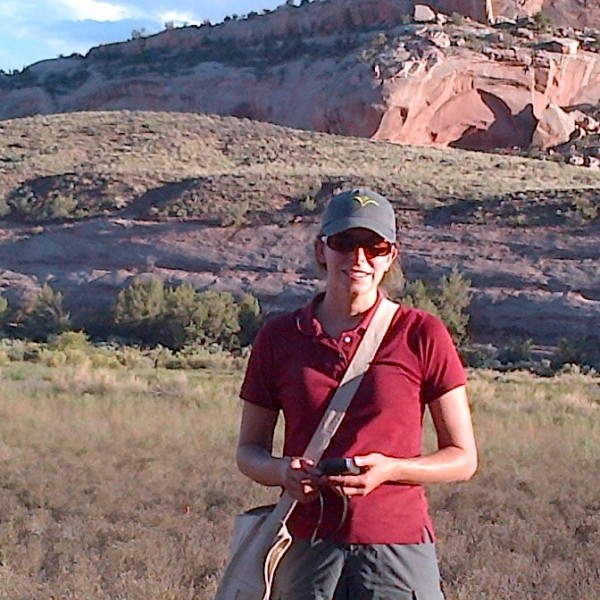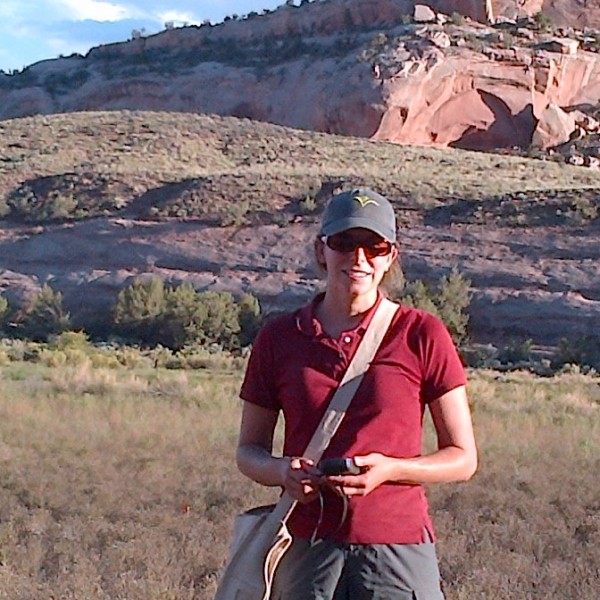-medium.jpg)
Climate change driving selection for floral color polymorphism in Castilleja coccinea 2023
greenhouse, lab
Ecology, Plant Traits
Climate change is altering the abiotic environments of Midwestern plant communities with altered precipitation patterns, including increased mid-season drought, as well as seasonal shifts in average temperatures and temperature extremes. Predicting a plant species' capacity to respond to climate change can be limited by the uncertainty of which physiological pathways will be impacted by these rainfall and temperature changes. This is further complicated by the fact that many biochemical pathways are complex and controlled by numerous interacting genes. For these reasons, studies of possible responses to climate change are often limited to model organisms. However, we have identified a native local wildflower with floral color variation that is related to soil moisture, therefore presenting a unique opportunity to investigate expected community change given future climate projections.
This widespread hemiparasitic species (Castilleja coccinea) produces a stress compound known as anthocyanin that allows it to persist in more stressful, drier conditions, but this compound also produces red bract flowers. By contrast, in conditions which are less stressful the plant produces a pale-yellow (no anthocyanin) floral bracts. Our surveys of variation throughout its range show red populations are more common in the South and East Coast where the plant grows on rocky outcrops, and yellow is more common in wetter prairies of the west. Although populations will be dominated by a single color, in some areas you can find populations of both colors occurring sympatrically. Understanding the ecology and evolution of floral color variation within this species can give us important insights into ongoing processes of local adaptation and potential for resilience against environmental stress and future climate change scenarios.
To investigate how abiotic drivers impact fitness and potential future restoration outcomes in this species, we will be conducting a greenhouse study to experimentally evaluate the physiological stress tolerances of red and yellow populations. We will measure aspects of plant growth and survival, as well as quantify the anthocyanin content under drought and well-watered conditions. The REU student can develop an independent research question in this system and learn about conducting greenhouse study, including taking plant trait measurements.






